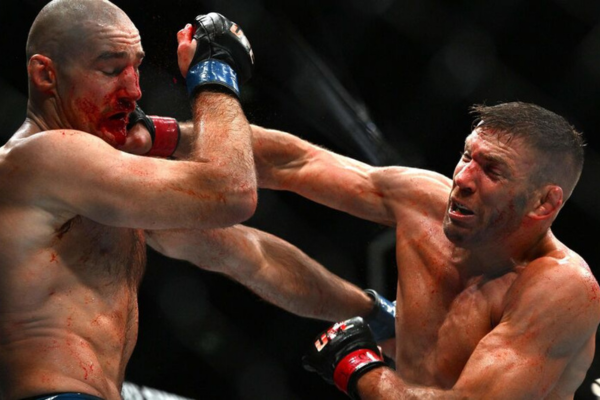MMA and Injuries: What Are the Most Common Injuries and How to Prevent Them?

Mixed Martial Arts (MMA) is without a doubt one of the most complete, yet intense combat sports in the world. From punches and kicks to wrestling and ground fighting, the body is constantly challenged. Due to this versatility, injuries occur relatively often. The most common are concussions, torn tendons, sprained ankles, knee problems, and broken fingers or toes. According to the Cleveland Clinic, beginner fighters are especially at increased risk of head and knee injuries, often caused by a lack of proper technique or protection. That’s why it is crucial to train with quality protective gear. At Fightstyle, for example, you’ll find MMA gloves specifically designed to support your knuckles and wrists.
Overtraining: An Underestimated Opponent

A boxer sits injured in the corner of the ring with a shoulder injury, red boxing gloves lie on the ground.
Injuries don’t only arise from impact but also from overtraining. Shoulder injuries such as rotator cuff tears and tendonitis are common among fighters who train too hard and too often without sufficient recovery. Medical experts from WebMD recommend giving muscle groups at least 48 hours of rest after intense exertion. This also applies to fighters who often spar or combine strength training with technical training. A good training schedule and the use of proper clothing, such as sturdy rashguards and compression gear from Fightstyle, can help reduce overtraining.
Ankles and Knees: Vulnerable Joints in Motion
Another common injury in MMA is ankle sprains and knee ligament injuries, often resulting from twisting during takedowns or low kicks. The surface and grip play an important role here. According to Verywell Fit, wearing shoes or bandages during drills on hard mats reduces the chance of ankle and knee injuries. Also, building up your training properly is important: ensure a good warm-up and mobility exercises specifically targeting rotational movements. In our blog about shin guards for MMA, you can read how protection not only reduces impact but also provides stability.
Hands and Wrists: Your First Point of Contact
Hand and wrist injuries are not to be overlooked, especially for fighters who do a lot of stand-up work or train on heavy bags. Improper punching technique or lack of support often causes strains or even fractures. Healthline recommends the use of hand wraps and sturdy wrist supports, especially for beginners. So always make sure to tape your hands properly and choose gloves with sufficient wrist support. At Fightstyle, we offer a selection of hand wraps and bandages that meet the demands of both recreational and advanced fighters.

Mental Fatigue as a Risk Factor
An MMA fighter leans exhausted against the ropes of the ring after an intense fight, wearing boxing gloves with a tired look.
Lastly, the mental side of injury prevention is just as important. Fatigue leads to loss of concentration, which is often the cause of unexpected injuries. According to Sports Medicine Australia, tired muscles are less capable of absorbing blows or maintaining balance. Listening to your body, taking rest on time, and focusing on recovery are part of every fighter’s rhythm. Fightstyle supports you not only with products but also with knowledge and guidance. For more insights and tips, check out our guide on training without injuries.
 Nederlands
Nederlands English
English Deutsch
Deutsch Français
Français


wat helpt het meest om veilig te trainen in mma
Leave a comment